
Sign up for a free trial and your first month is $1. Sign up now
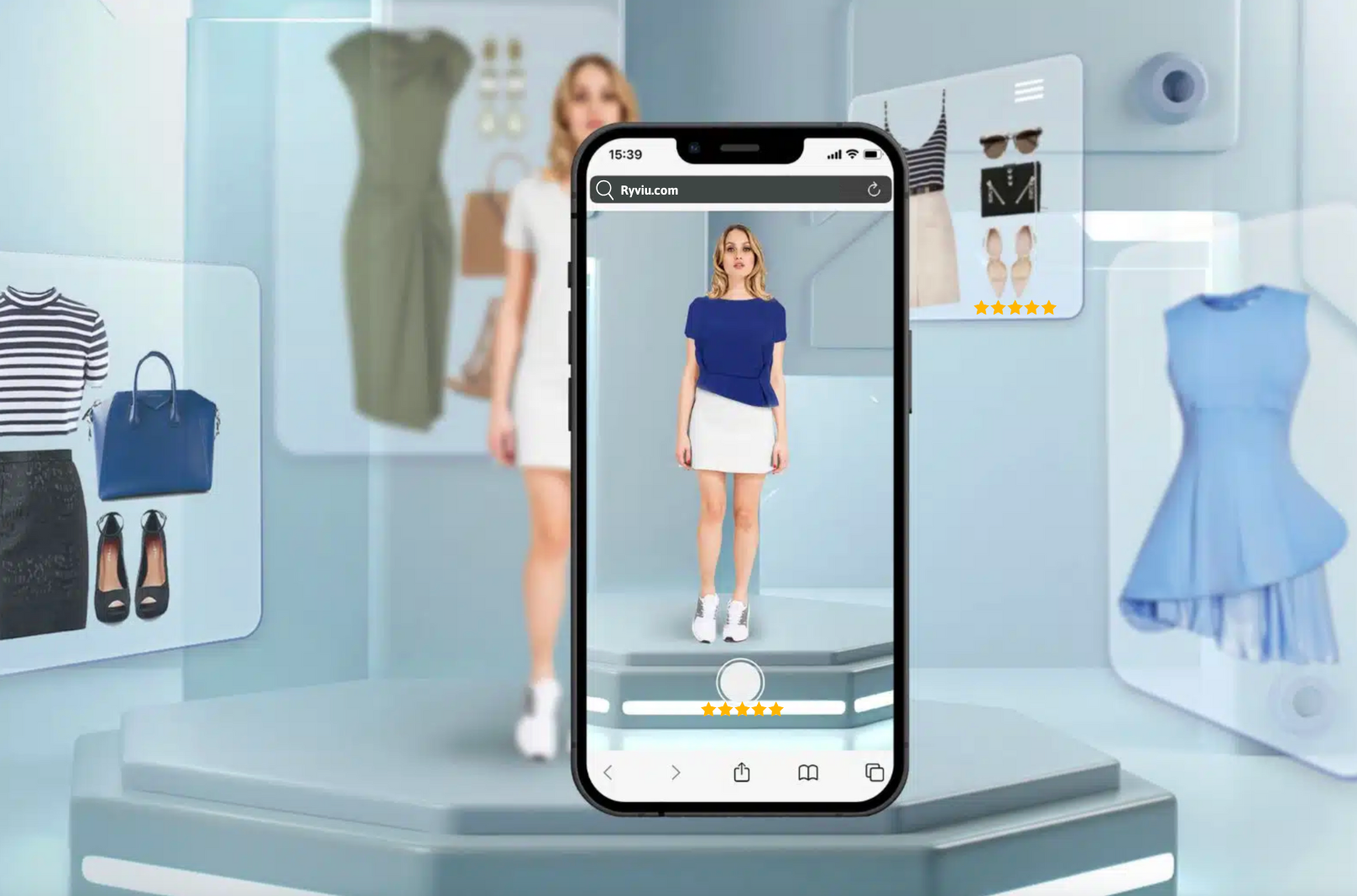
Online shopping has dramatically evolved in the last decade. What started with static product photos and simple descriptions has moved toward highly interactive experiences that bring products to life. Today’s consumers expect more than a few images, they want to see, feel, and imagine products in their own lives before committing to a purchase.
This shift has given rise to 3D and Augmented Reality (AR) lookbooks, tools that transform online catalogs into immersive experiences. Instead of passively scrolling through pictures, shoppers can rotate, zoom, and even place digital products into their real-world environments using AR. For brands, these lookbooks are not only a visual upgrade, but they are also powerful engagement tools that build trust, reduce returns, and boost conversions.
In this article, we’ll explore why 3D and AR lookbooks are shaping the future of product showcases, how they benefit both customers and retailers, best practices for implementation, real-world use cases, and how the Lookfy app is preparing merchants for this new era of eCommerce.
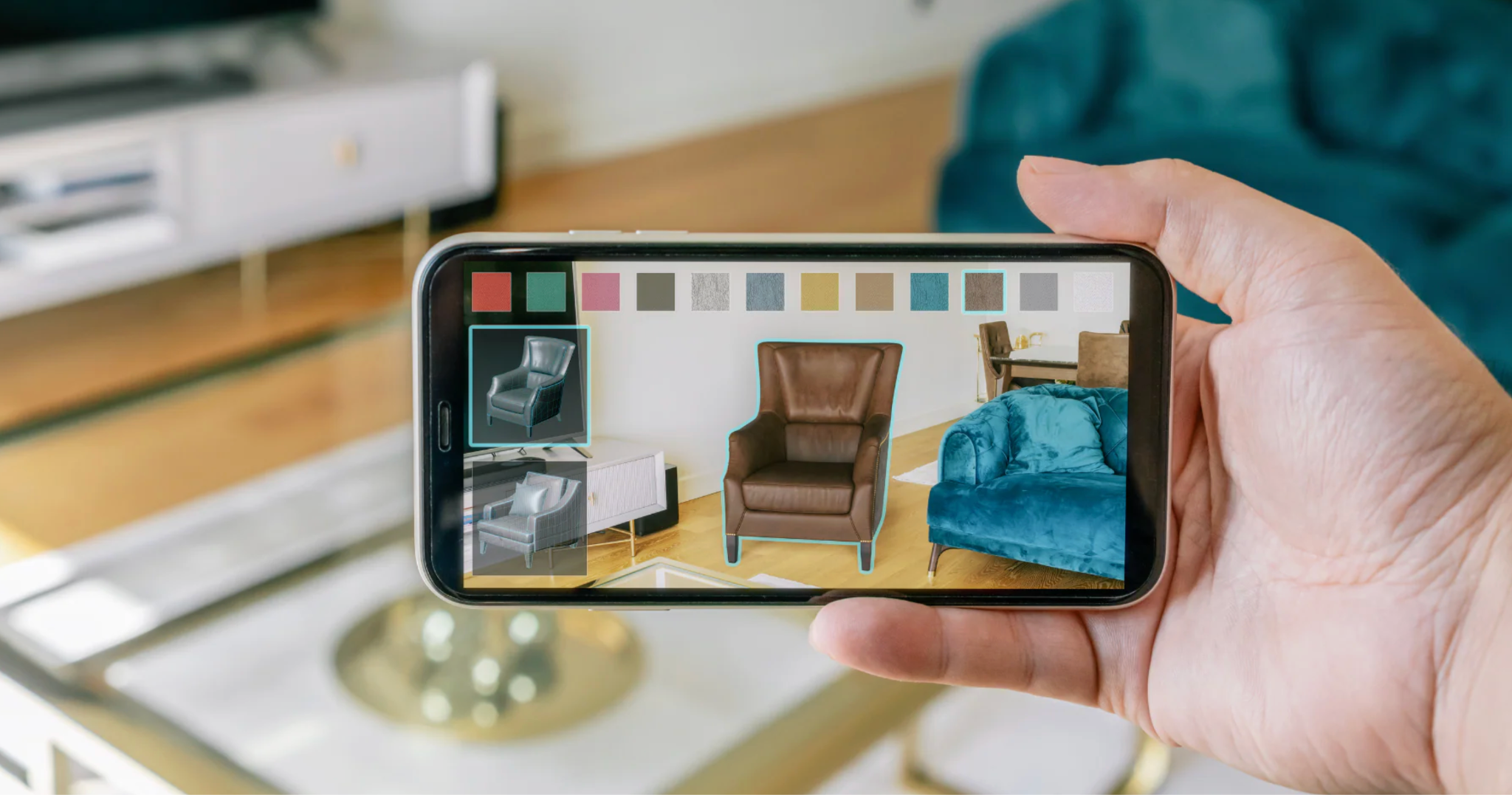
3D (three-dimensional) product models allow shoppers to view items from every angle, zoom in on details, and interact with products as if holding them in real life. While AR (augmented reality) goes one step further by placing those 3D models into a shopper’s real-world environment through their smartphone or tablet. Together, they transform static catalogs into immersive, interactive shopping experiences that bridge the gap between online and offline retail.
Shoppers are no longer satisfied with flat, two-dimensional representations of products. The rise of experiential commerce, shopping that mimics real-world interactions, has changed consumer expectations.
In short, 3D and AR aren’t gimmicks, but they solve real problems for customers and businesses alike.
Many famous brands have implemented 3D and AR in their selling strategies. For example, IKEA has pioneered AR by allowing customers to virtually place sofas, tables, and chairs in their homes. This feature has become so popular that many shoppers consider it essential before making a large purchase.
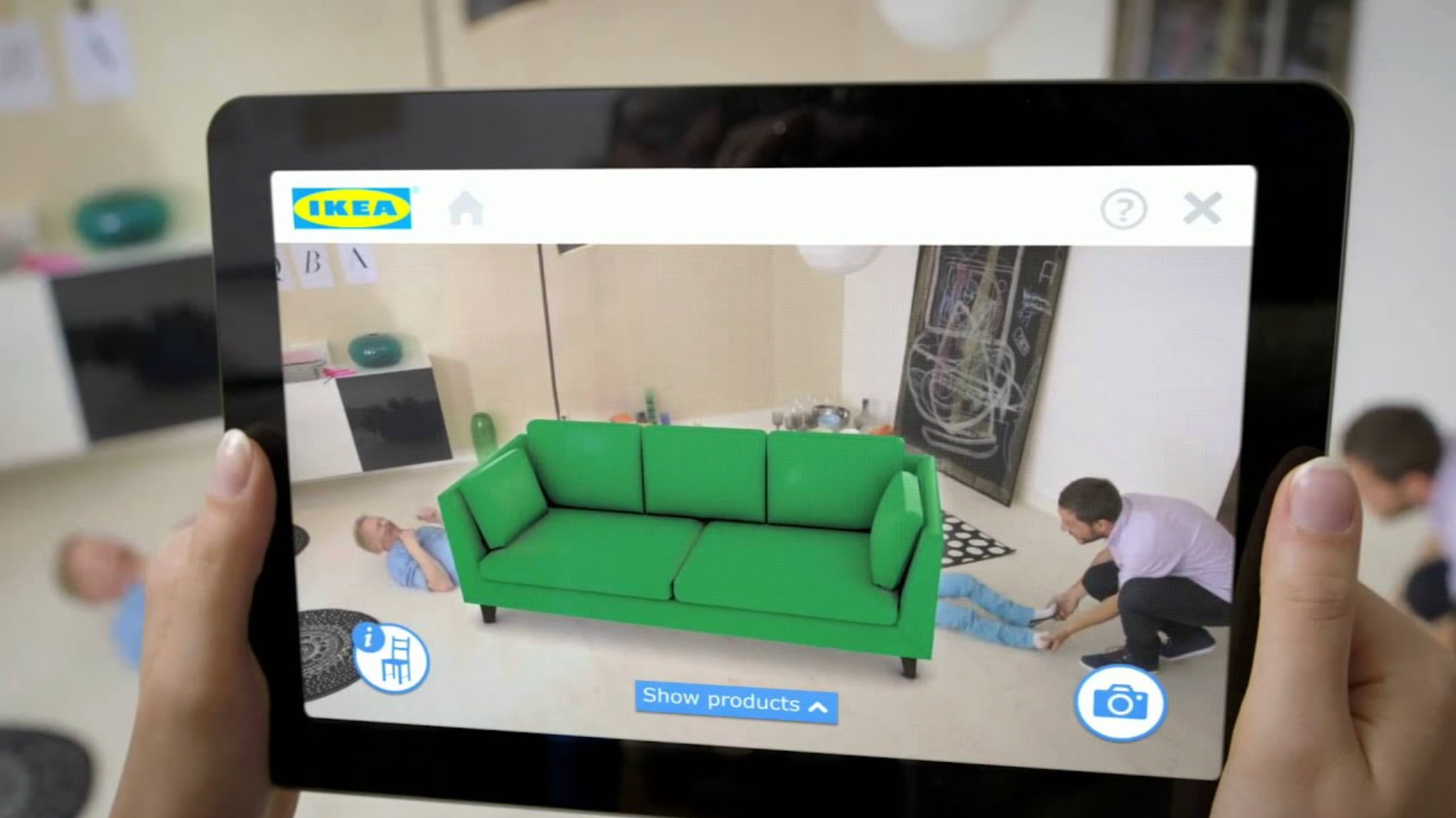
Another instance is Gucci and Nike who use 3D models to let shoppers explore sneakers in detail or try them virtually with AR filters. Customers can see textures, materials, and styling from every angle.
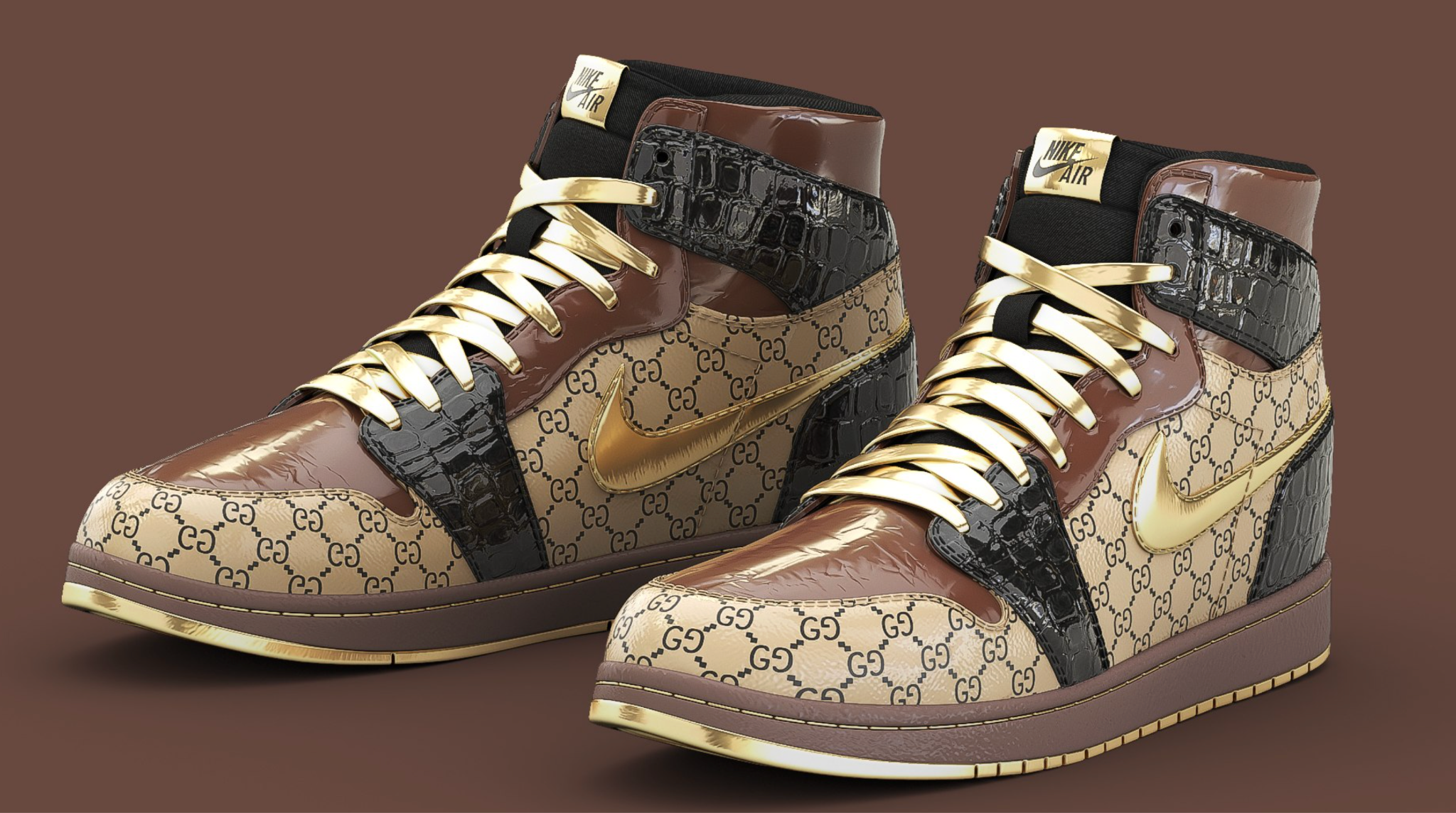
Let’s explore how these new technology benefit online market.
Instead of guessing how a product looks from a few angles, customers can rotate and zoom in on 3D models. This provides a tactile sense of exploration, almost like holding the product in-store. For categories like jewelry, fashion, or electronics, this level of detail builds confidence and encourages purchase.
Return rates are one of the biggest cost burdens in eCommerce, particularly in fashion and home goods. AR and 3D reduce returns by setting accurate product expectations. For example, a shopper who uses AR to see how a coffee table looks in their living room is less likely to regret their purchase compared to someone who only saw staged photos.
Interactive content also helps to convert more sales. When customers can thoroughly explore products, their hesitation decreases. Retailers who’ve adopted 3D and AR have reported conversion lifts of 20–40%, depending on industry.
Lookbooks are not just about showing products, they tell a story. With 3D and AR, brands can combine lifestyle photography, tagged products, and interactive exploration to create a seamless narrative. For example, a fashion brand can showcase a styled outfit in a lifestyle photo, then let customers explore individual items in 3D.
As AR glasses, advanced smartphones, and Web3D technologies become mainstream, early adopters of 3D lookbooks will already be ahead of the curve. Investing in these technologies now prepares brands for future shopping behaviors that will soon become the norm.
Below are some practical tips for you to try when applying 3D and AR lookbooks.
Since most AR interactions happen on smartphones, optimizing your lookbooks for mobile is non-negotiable. A smooth mobile experience ensures that customers can easily explore products anywhere, anytime.
3D models and AR files can be resource-heavy, which may frustrate users if not handled properly. Performance optimization ensures the technology enhances shopping rather than slowing it down.
While 3D and AR provide hands-on exploration, lifestyle photography still inspires and connects emotionally with shoppers. Combining both elements helps balance practical details with aspirational storytelling.
Not all shoppers are familiar with how to use AR or 3D tools, so clear guidance is essential. A little education goes a long way in increasing adoption and satisfaction.
3D and AR lookbooks should evolve over time based on how customers actually interact with them. Continuous testing and measurement ensure you’re getting the most value from your efforts.
Lookfy, a Shopify app already popular for building interactive lookbooks with hotspots, galleries, and shoppable tags, is actively moving toward supporting 3D and AR capabilities.
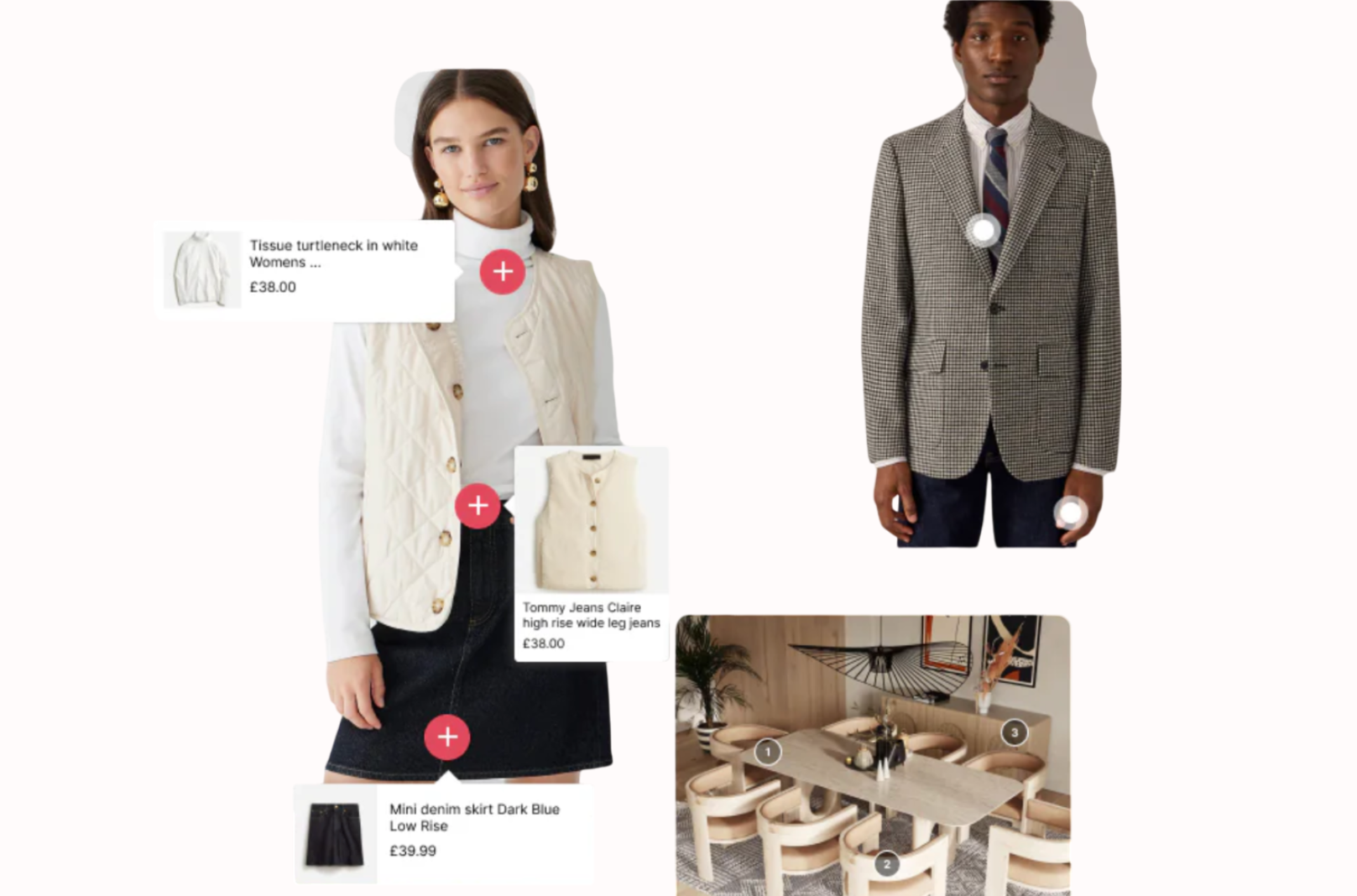
Here’s how it prepares brands for the future:
By preparing for this technological leap, Lookfy positions itself as a bridge between today’s interactive lookbooks and tomorrow’s fully immersive shopping experiences.
3D and AR lookbooks represent the future of product showcases, where online shopping meets immersive storytelling. By allowing customers to engage with products in a deeper, more interactive way, brands can build trust, reduce uncertainty, and increase conversions.
Whether you’re in fashion, home decor, electronics, or jewelry, these technologies unlock new ways to inspire and reassure shoppers. The key is to start preparing today. With solutions like Lookfy paving the way, merchants have an accessible path to embrace 3D and AR experiences without the need for complex development.
The future of eCommerce is not just about selling, but it’s about creating experiences customers remember. And 3D & AR lookbooks are at the heart of that transformation.